
Why smart people always do that?

In today’s fast-paced digital world, smartphones have become indispensable companions for most people. Whether at a café, restaurant, or social gathering, it’s common to see individuals place their phones on the table. Typically, phones are placed screen-side up, but surprisingly, few people develop the habit of placing their devices face down. This simple action, however, can bring several noteworthy advantages that often go overlooked. Let’s explore why flipping your smartphone over can be beneficial and why adopting this habit might be a wise choice.
1. Minimizing Exposure to Dust, Dirt, and Liquids
When you place your phone screen-side up, the delicate glass surface is directly exposed to airborne dust particles, lint, and tiny debris. Over time, this accumulation of dirt can lead to unsightly smudges and even microscopic scratches, which affect screen clarity and touch sensitivity. Cleaning the screen frequently can reduce these issues but risks further scratches if done improperly.
In addition, placing your phone screen up leaves it vulnerable to accidental spills. If a beverage or food item is knocked over, it is more likely to splash directly onto the screen. Liquids can seep into the edges or ports, potentially causing damage to internal components and impairing functionality.
By placing your phone face down, you shield the screen from airborne particles and reduce the chance of liquid damage. The phone’s back, often constructed from durable materials like metal or reinforced glass, acts as a protective barrier, keeping your display safe while you’re not actively using the device.
2. Protecting the Camera Lens from Scratches and Wear
Modern smartphones frequently feature advanced camera systems with lenses that protrude slightly from the phone’s back. For example, flagship models like the iPhone 14 Pro Max and many Android counterparts have raised camera bumps designed to house high-quality sensors.
When phones rest screen-up, these protruding lenses press directly against the surface below, exposing them to scratches from rough or abrasive materials. Even minor scratches on a camera lens can degrade photo quality, causing blurriness, glare, or unwanted artifacts in images and videos.
To maintain crystal-clear photos, it’s essential to protect these lenses. Placing the phone face down prevents the lenses from direct contact with surfaces, reducing wear and tear. Additionally, routinely cleaning the camera lenses with a soft microfiber cloth ensures they remain free of dust and fingerprints, preserving image sharpness.
3. Enhancing Your Privacy and Security
With the phone placed face up, incoming notifications - such as messages, emails, or app alerts - are displayed prominently on the screen. While convenient, this visibility allows people nearby to glimpse your private information without your consent.
For those concerned about privacy, especially in public or social settings, this can be a significant risk. Sensitive content such as personal conversations, financial alerts, or work emails might be exposed to strangers or acquaintances unintentionally.
Placing your smartphone face down acts as a simple privacy shield. Notifications still arrive, but the screen remains hidden from view, preventing shoulder surfing and protecting your confidential data. This practice helps you maintain control over your information and reduces the chance of accidental exposure.
4. Reducing Distractions and Improving Focus
Smartphones are designed to keep us connected by sending constant notifications for calls, messages, social media updates, and apps. However, this barrage of alerts can become a double-edged sword, interrupting your concentration during work, study, or meaningful conversations.
When your phone lies screen-up, every ping or vibration lights up the display, drawing your attention away from your current task. This can fragment your focus, lowering productivity and increasing stress.
By placing the phone face down, you effectively mute visual distractions. Although the phone may still vibrate or beep, the absence of the glowing screen allows you to maintain better focus and be present. You can check notifications deliberately when convenient, rather than reacting impulsively. This habit fosters mindfulness and enhances engagement in your daily activities.
Additional Tip: Protecting Your Phone in Your Pocket
When carrying your phone in a pocket, consider placing it with the screen facing inward toward your body. This orientation offers several benefits:
-
It minimizes direct contact between the screen and objects like keys, coins, or other items that could scratch or crack the glass.
-
It reduces exposure to heat generated by your body and the phone’s battery, which can sometimes cause discomfort or mild skin irritation.
-
It may also help protect the screen from accidental taps or unlocks.
Conclusion
Though it might seem like a small and trivial habit, placing your smartphone face down offers several meaningful advantages. It protects the screen from dust, scratches, and spills; safeguards the sensitive camera lenses; enhances your privacy by hiding notifications; and reduces distractions to help you stay focused.
By simply flipping your phone over when not in use, you can extend its lifespan, protect your personal information, and improve your overall concentration. Next time you set your phone down at a café, meeting, or home, try placing it face down - you might be surprised at how much of a difference this small adjustment can make in your daily life.
News in the same category


Woman drank 8 limes daily to detox—paid the price for trusting social media advice

Is Eating Soft-Boiled Eggs More Beneficial Than Fully Cooked Eggs?

10 Juicing Mistakes to Avoid at Home: Boost Your Health the Right Way
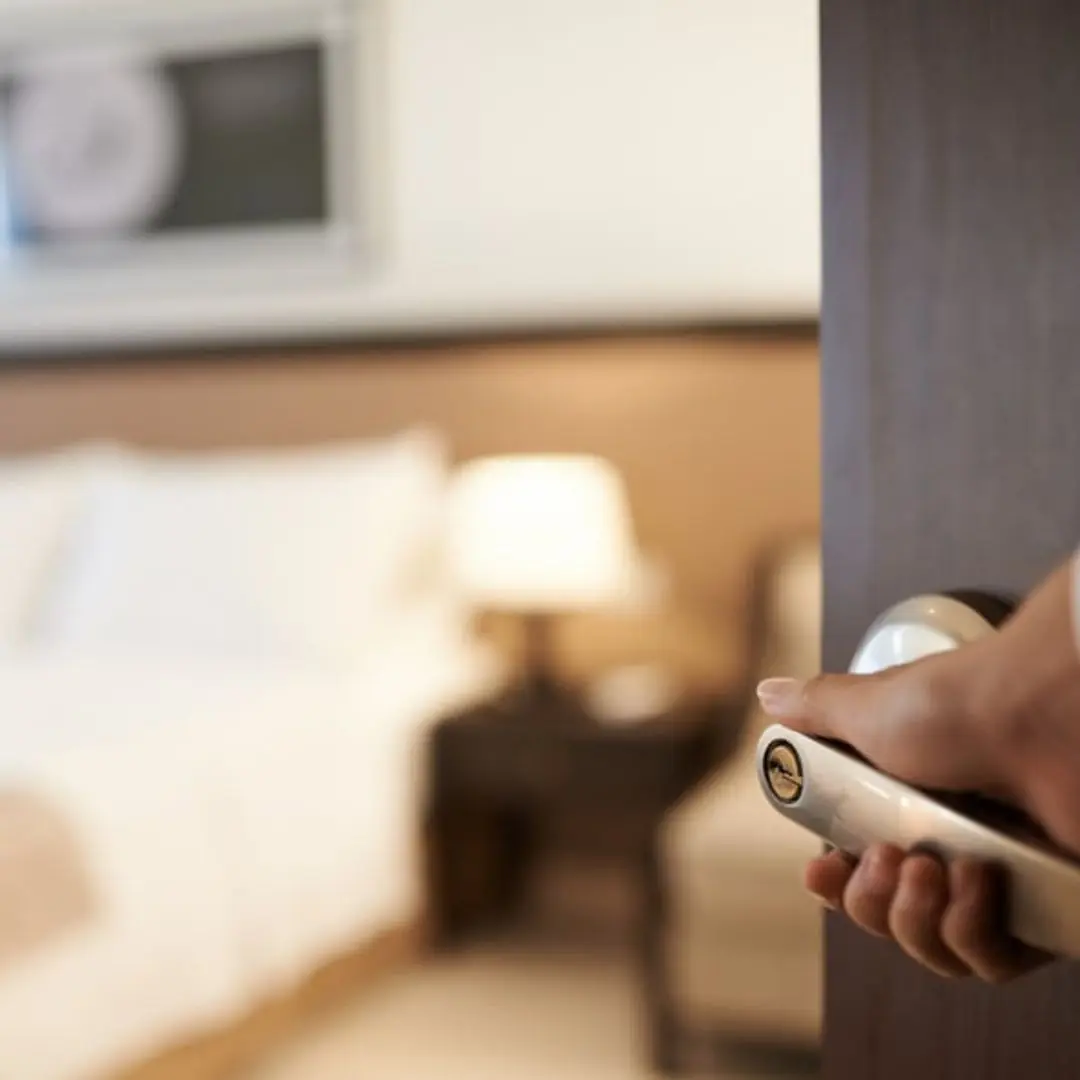
Why do hotels usually let guests check in at 2pm and check out at 12pm?

Drinking Perilla Leaf and Ginger Tea Is Better Than Any Tonic

Can the emergency exit door open while flying? — Little-known fact
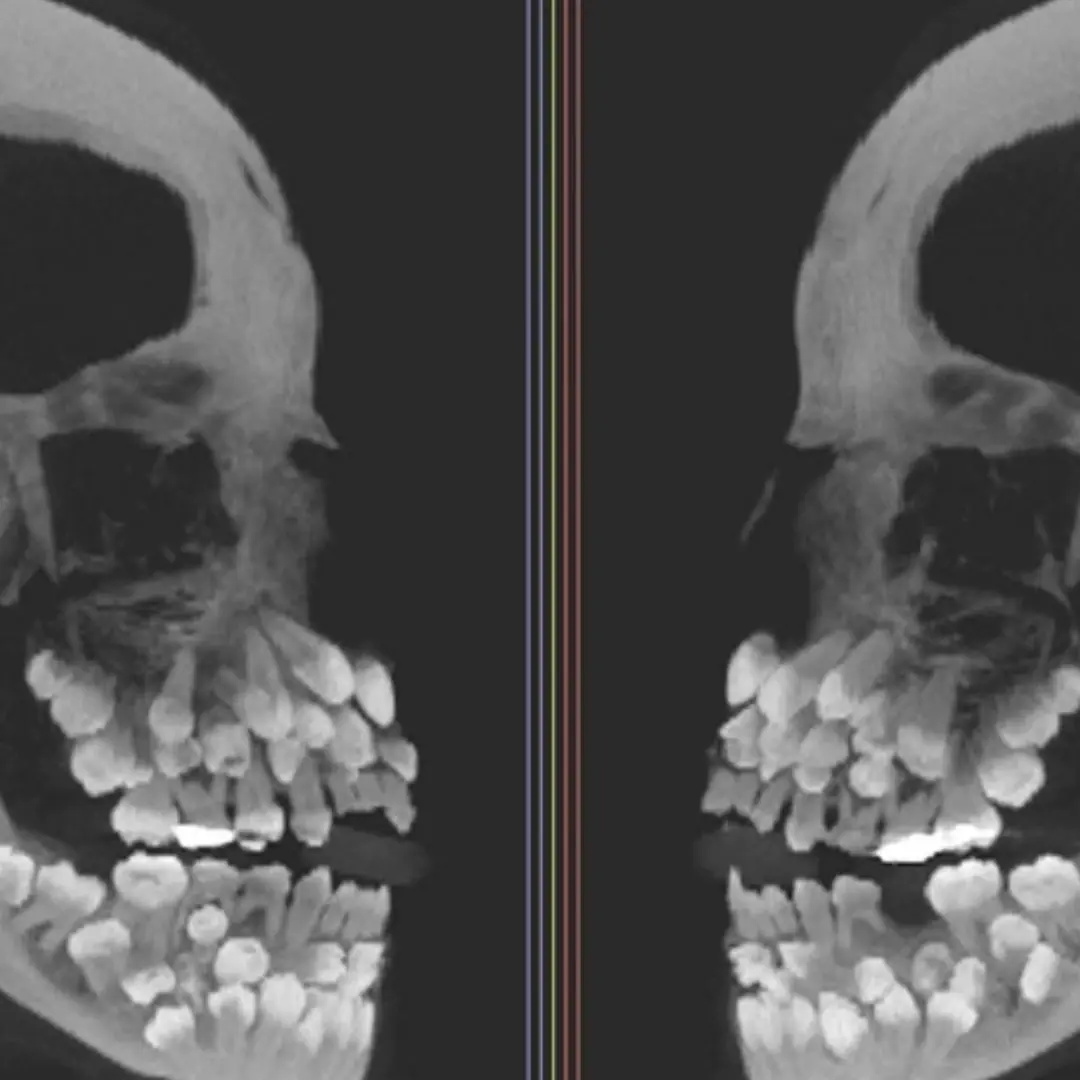
A girl in Brazil was found to have 81 teeth in her mouth

The most dangerous foods in the world

Dubbed “The Scariest Photograph Ever Taken”

DIY Apple Cider Vinegar: Cheap, Delicious, and Safe to Make at Home
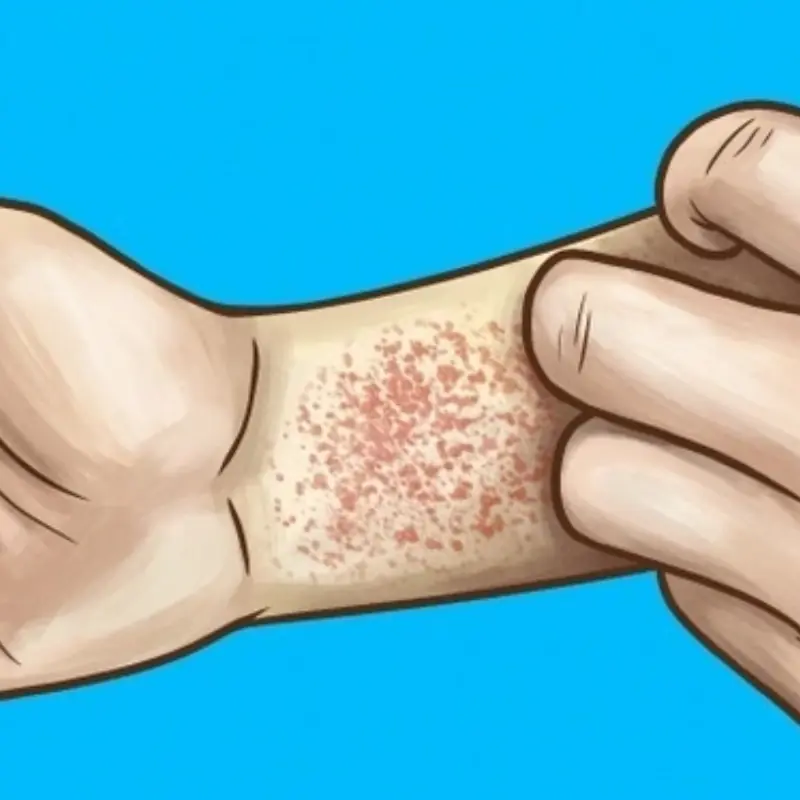
5 Warning Signs of Severe Lu.pus

Okra Looks Healthy, But It May Be Off-Limits for These 3 Groups of People

5 Bitter Vegetables That May Harm Your Liver If Overconsumed

This type of "pois,onous sandal" can cause early puberty in children, but many parents still buy it for their children to wear!

Why There’s a Tiny Hole in Airplane Windows And Why It’s So Important

Shrimp – The Silent Kil.ler for People with These Health Conditions!

Warning Signs of an Unhealthy Liver: Watch for '3 Yellows and 1 Red'

What Your Nightmares Really Mean

Pouring Hot Water into the Kitchen Sink
News Post

Helped Uncle Treat Can.cer but Received a Mysterious Bag in Return

Woman drank 8 limes daily to detox—paid the price for trusting social media advice

Is Eating Soft-Boiled Eggs More Beneficial Than Fully Cooked Eggs?

From a 22-Year-Old's End-Stage Kid.ney Failure: A Wake-Up Call from Your Body’s Warning Signs

10 Juicing Mistakes to Avoid at Home: Boost Your Health the Right Way

Why do hotels usually let guests check in at 2pm and check out at 12pm?
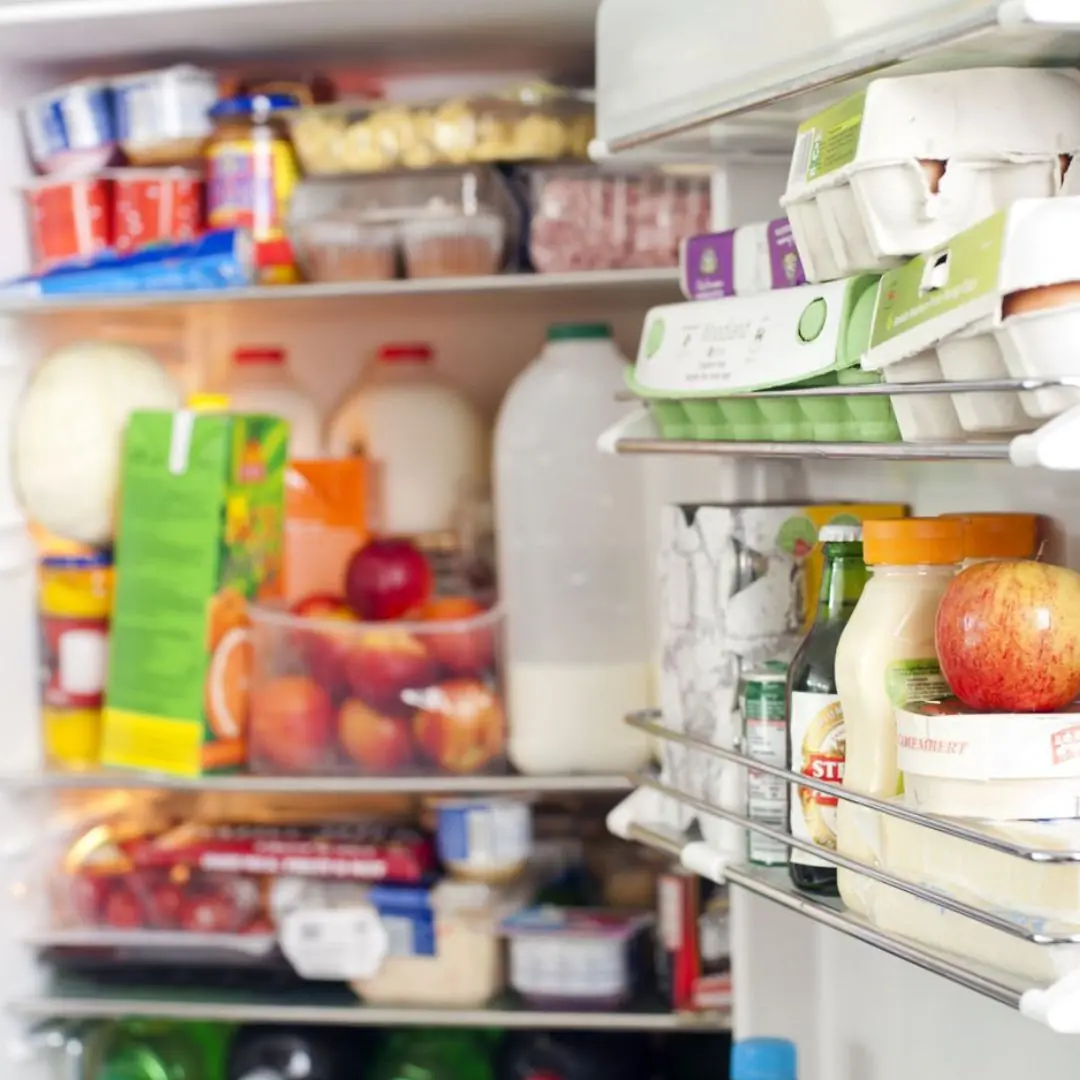
No Fridge? No Problem! 14 Foods That Stay Fresh Without It

Drinking Perilla Leaf and Ginger Tea Is Better Than Any Tonic
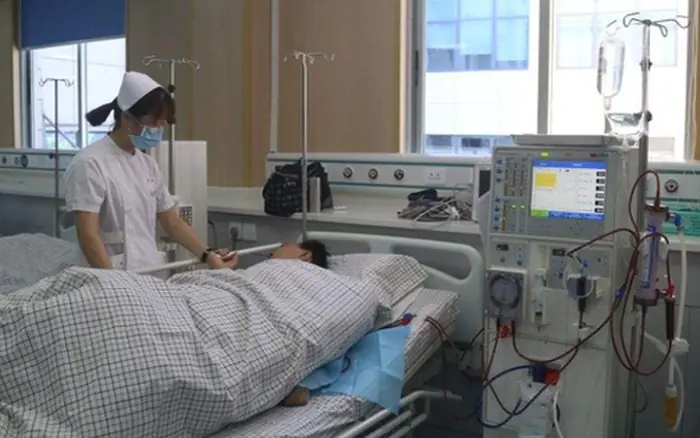
Drinking Plain Water Is Healthier Than Eating These 3 Foods in Summer
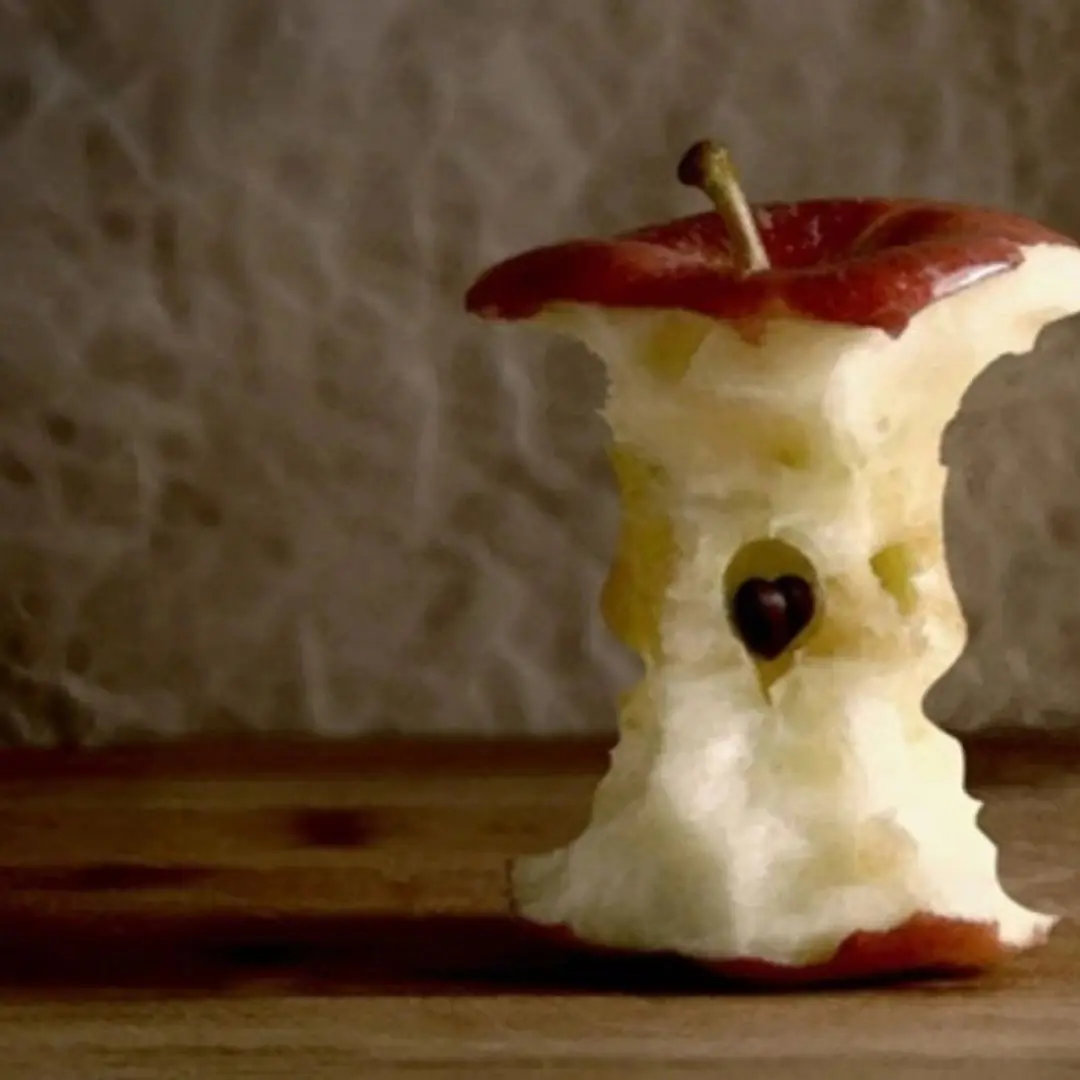
Can you spot the two ch.il.dren hidden in the picture?

Can the emergency exit door open while flying? — Little-known fact
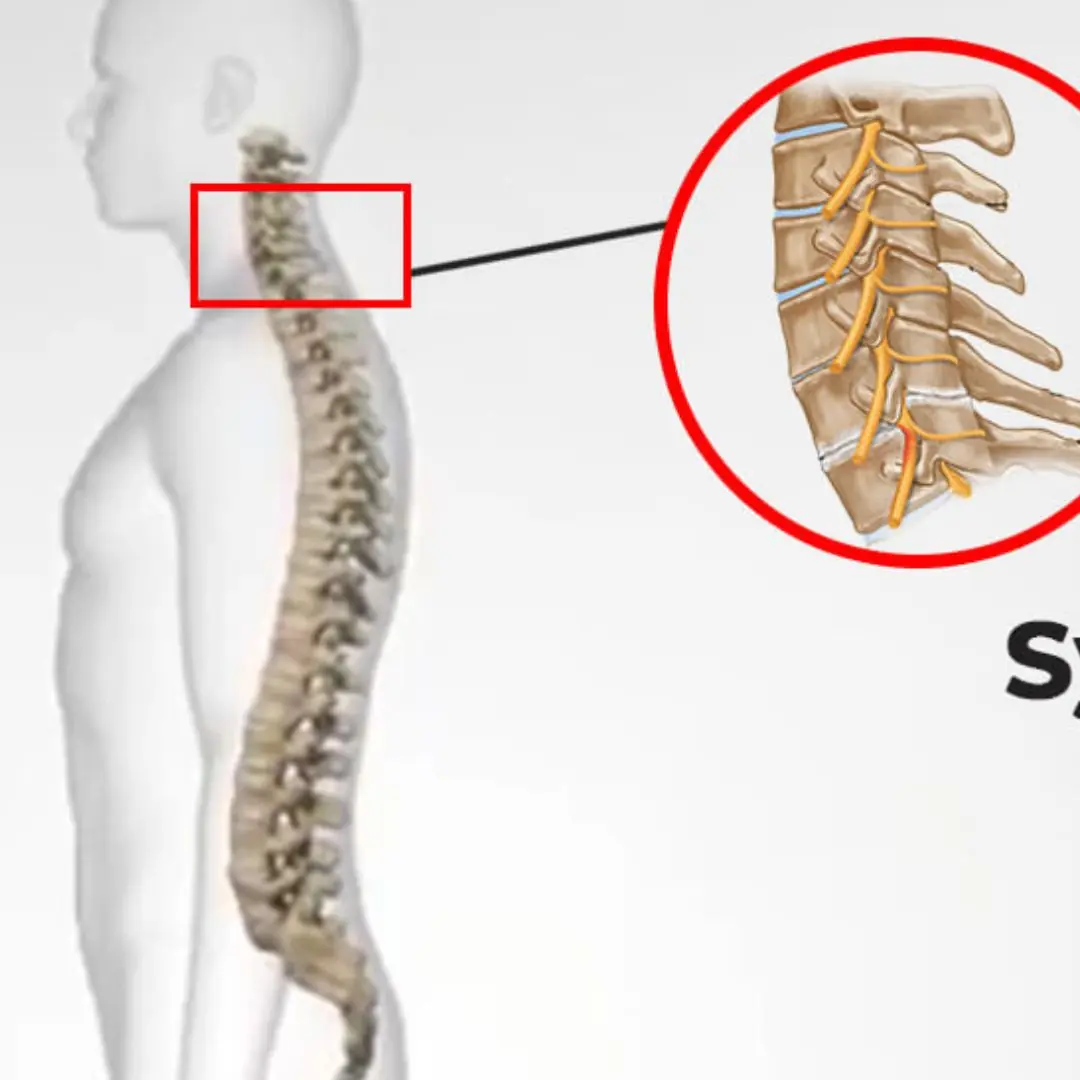
Cervical Spondylosis — A Common Cause of Neck P.a.in

Stage 4 Can.cer at Age 28: Ignoring 3 Warning Signs Almost Cost Her Life

O arroz deixado na panela elétrica durante a noite ainda pode ser consumido

Don’t Eat These 3 Parts of a Crab — Experts Say They Could Harm Your Health

Caught Early, Treated Better: 5 Warning Signs of Lung Cancer You Must Know

A girl in Brazil was found to have 81 teeth in her mouth
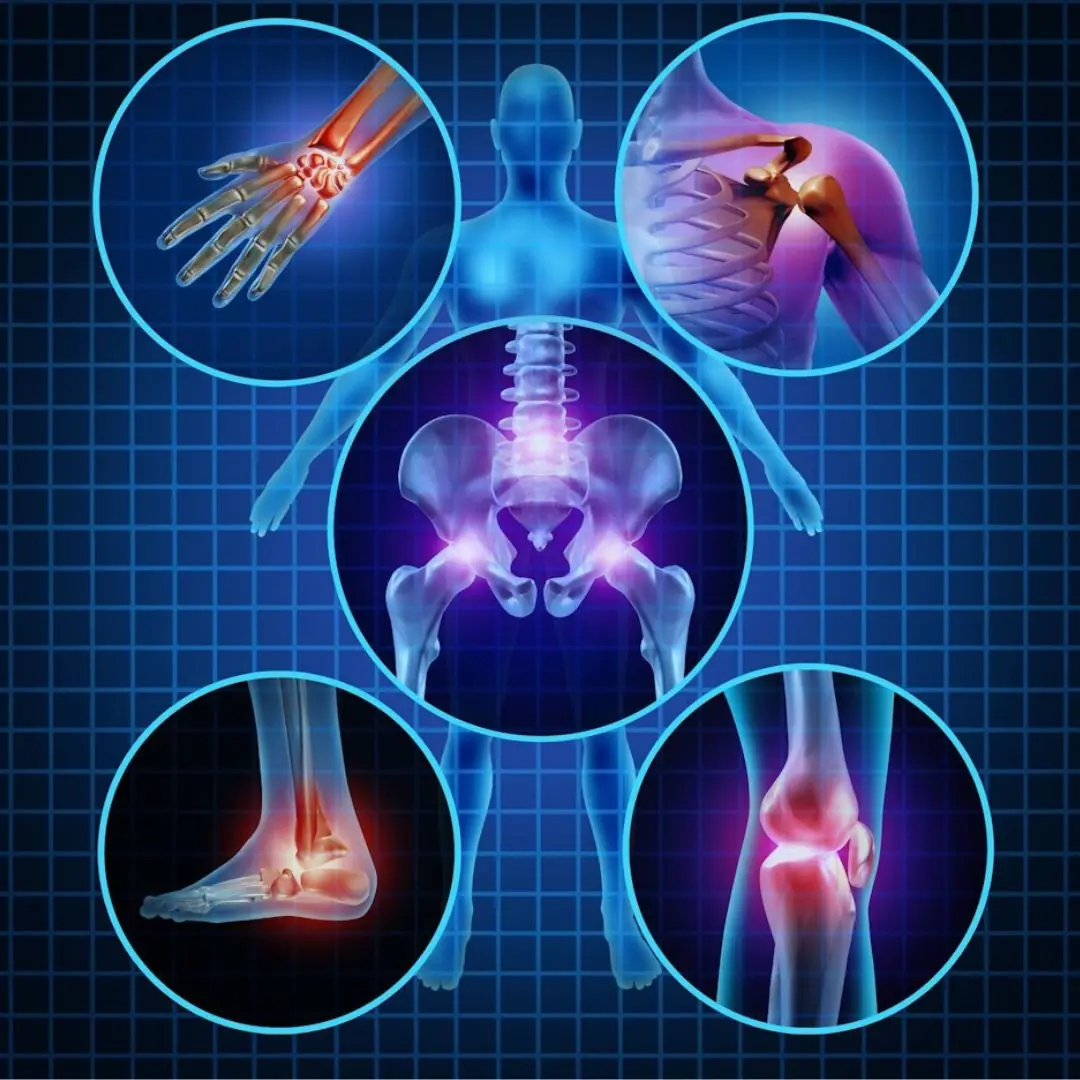
7 Kinds of Pain That Shouldn't Be Ignored

Bury these two "trash" in a flower pot: Flowers bloom like a stream, and the fruit is sweet and plentiful.
